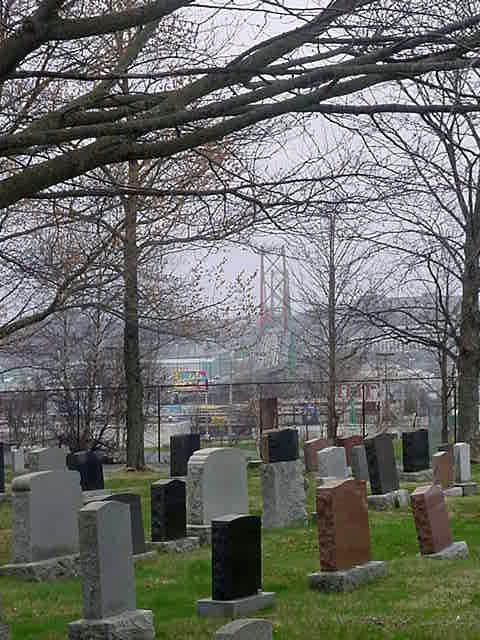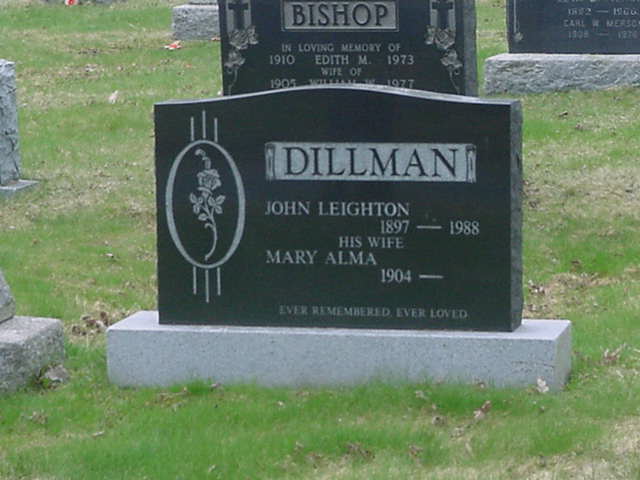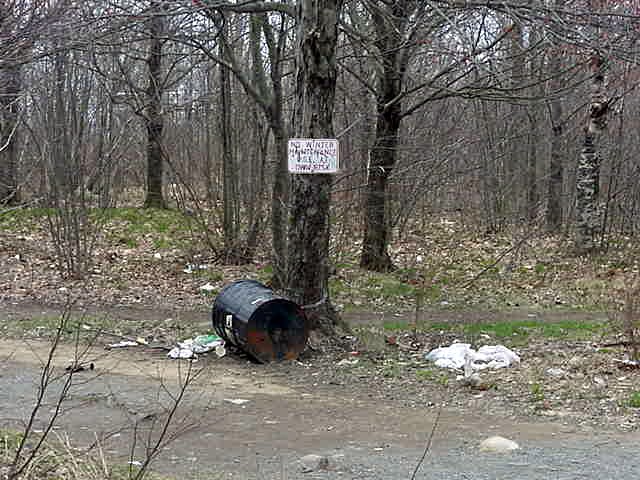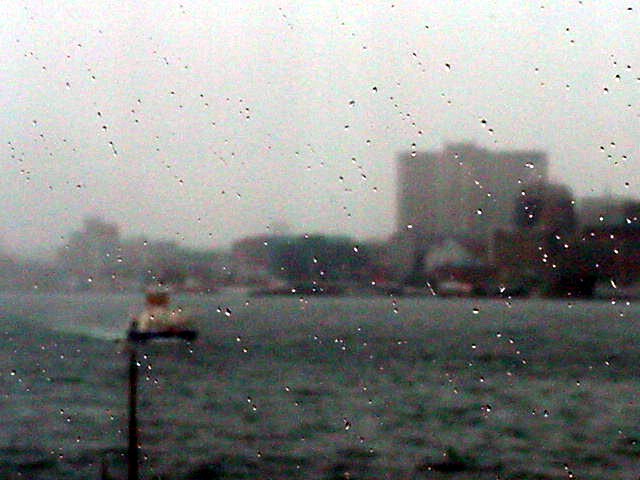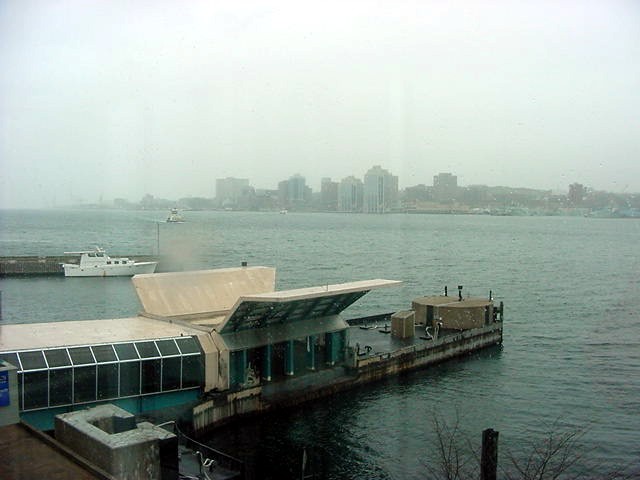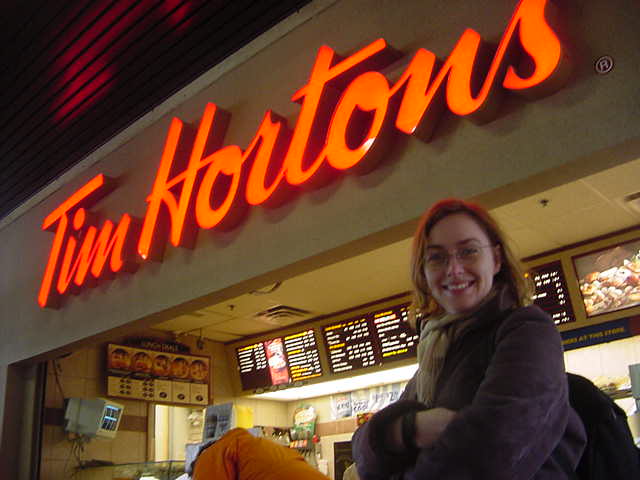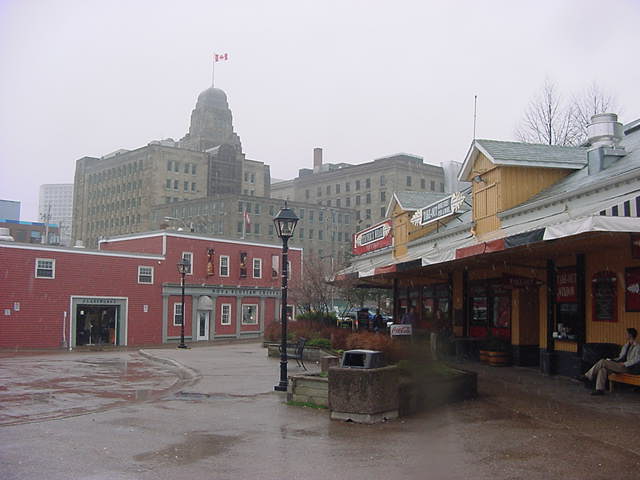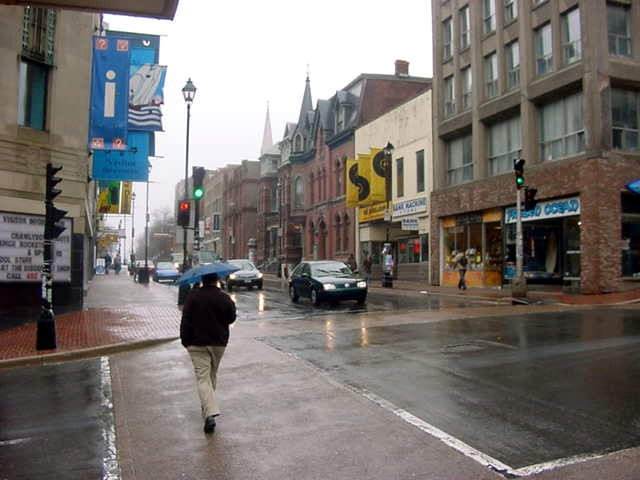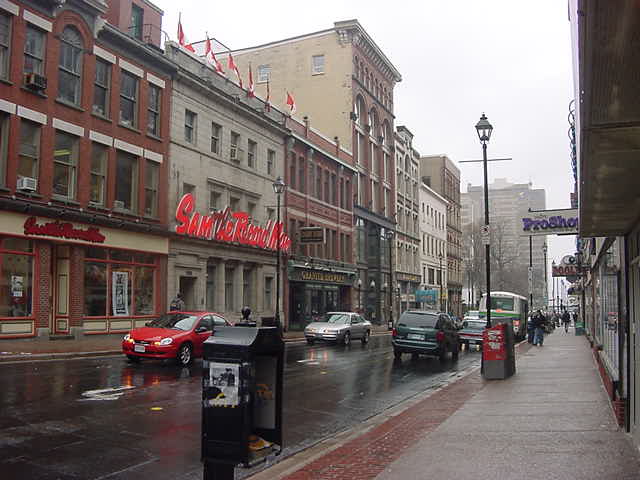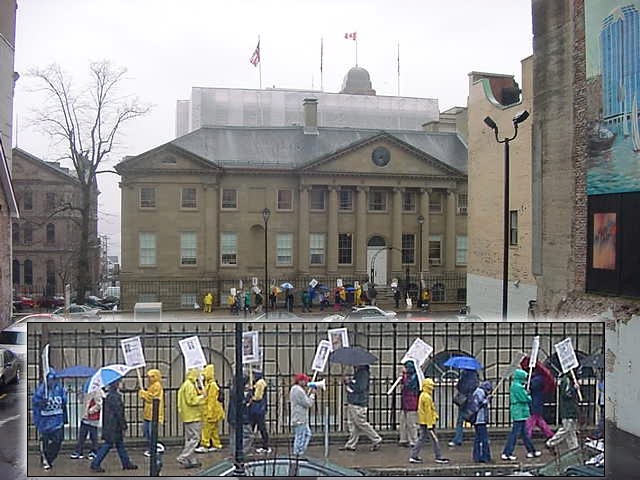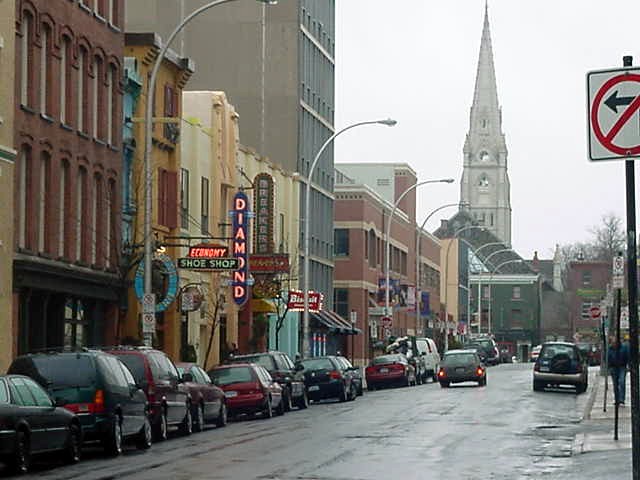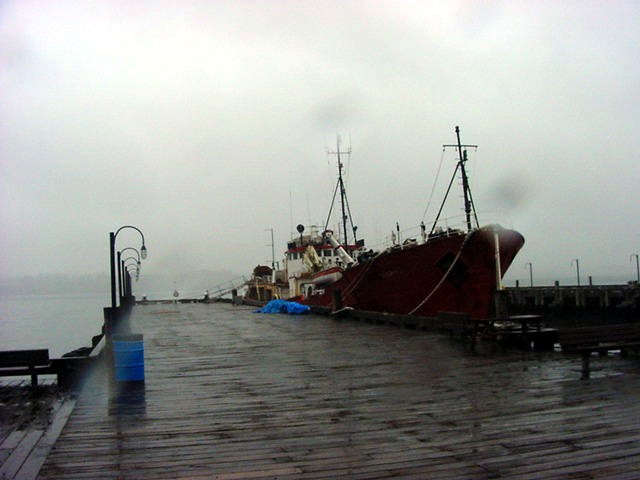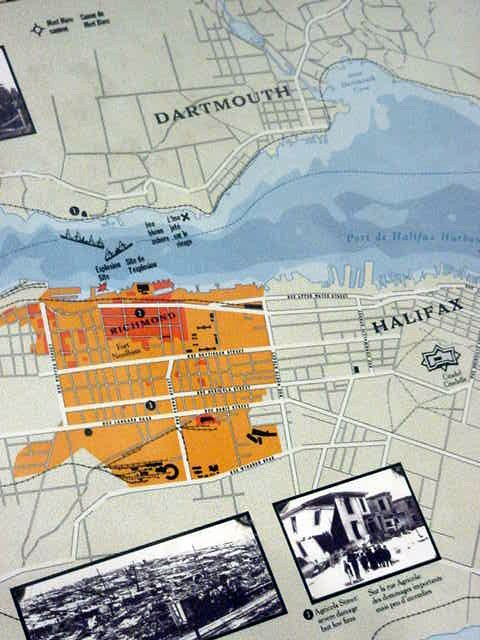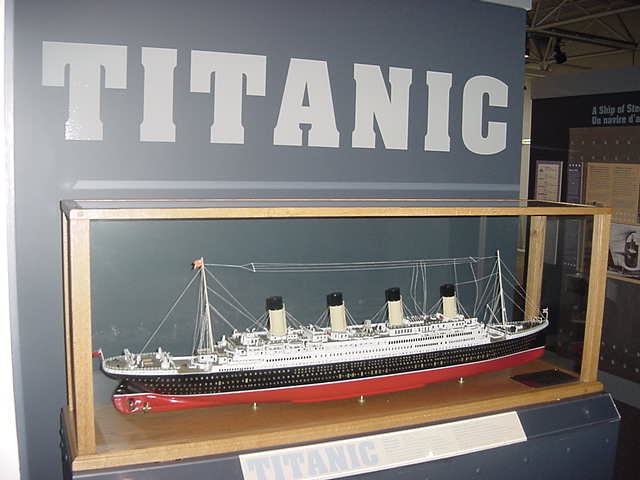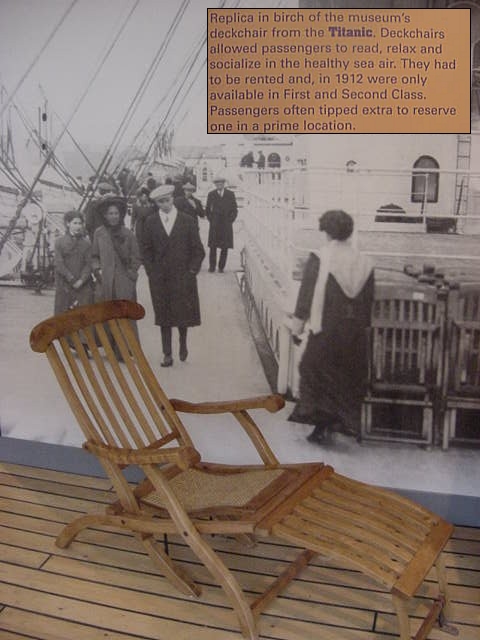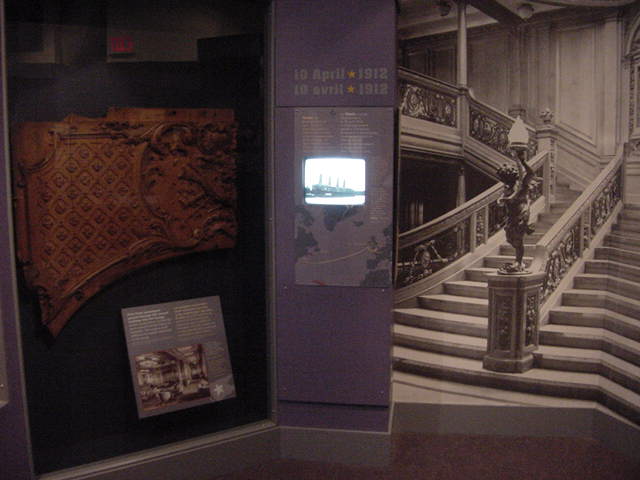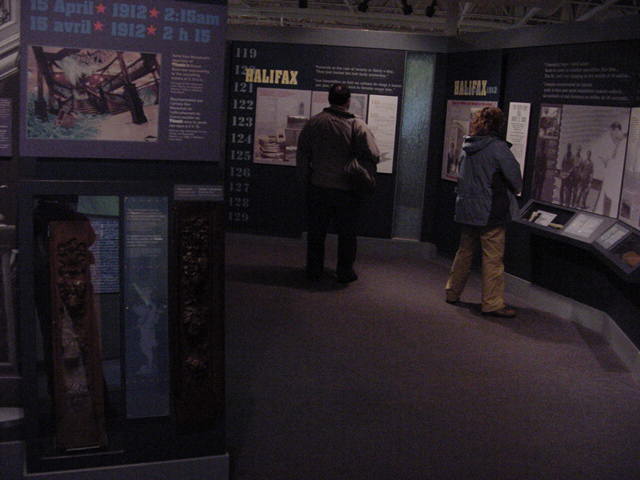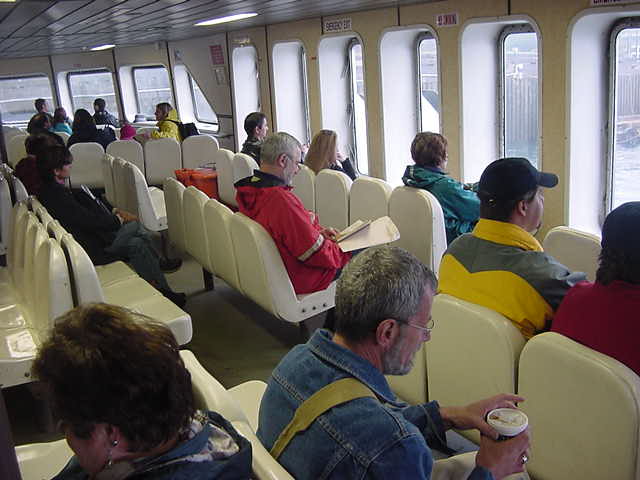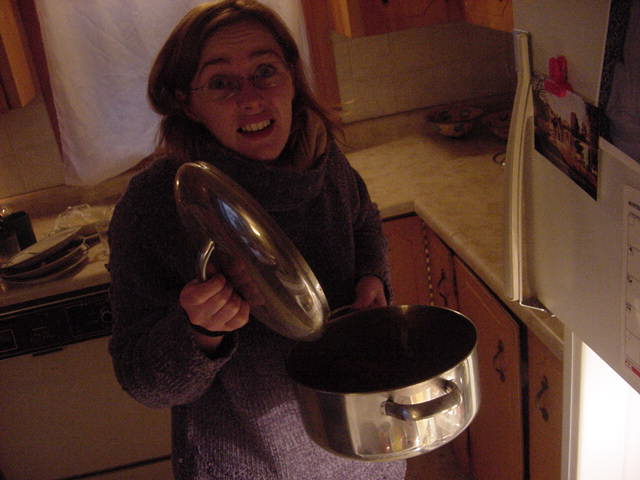
Letmestayforaday.com
sponsors always were:

www.ODLO.com

www.pac-safe.com
During my travels newspaper columns were published weekly in the Dutch daily newspaper

This project has been supported by these great and warmhearted companies:
Netherlands:
Paping Buitensport,
ODLO,
IPtower.nl,
AVRO Dutch Broadcasting Org.,
Travelcare, TunaFish,
Book A Tour, StadsRadio Rotterdam; UK:
Lazystudent, KissFM, The Sunday Times,
The Guardian; Isle of Man: SteamPacket/SeaCat; Ireland:
BikeTheBurren;
Belgium: Le Temps Perdu, Majer & Partners; Austria: OhmTV.com;
Norway:
Scanrail Pass, Hurtigruten, Best Western Hotels; South Africa:
eTravel, British
Airways Comair, CapeTalk,
BazBus;
Spain:
Inter Rail, Train
company Renfe; Australia: Channel
9 Television, Bridgeclimb, Harbourjet, SeaFM Central Coast,
Moonshadow Cruises, Australian Zoo, Fraser Island Excursions,
Hamilton Island Resort, FantaSea Cruises, Greyhound/McCafferty's Express Coaches,
Aussie Overlanders, TravelAbout.com.au, Travelworld,
Unlimited Internet,
Kangaroo Island SeaLink,
Acacia Apartments; Malaysia: Aircoast; Canada: VIA rail,
Cedar Springs Lodge,
BCTV/GlobalTV,
St. George Hotel,
VICKI GABEREAU talkshow,
Ziptrek Ecotours,
Whitler Blackcomb Ski Resort,
Summit Ski & Snowboard Rental,
High Mountain BrewHouse,
Cougar Mountain Snowmobiling,
Whistler Question Newspaper,
Snowshoe Inn,
First Air,
Nunanet.com,
Canadian North
Accommodations by the Sea,
DRL Coachlines Newfoundland,
The National Post and
Air North.
Reports
During my travels, I received free accommodation for a night in exchange for writing a daily travel diary. This diary documented how I reached my next destination, the hosts who welcomed me, the food I was offered, and other experiences along the way. Below, you will find the archives of these extensive reports. Please note that English is not my native language, and most entries were written quickly, often around midnight. Enjoy!Wednesday, 7 May 2003
--> Dartmouth, Nova Scotia, Canada (day 2)
After a bagel with Philadelphia spread and a cup of British tea for breakfast I joined Angela in her office. She is quite busy with recollecting all her photos. She used the big films to scan and print her photos on special paper, rather than have it printed at a photo store. "And digitally I can touch things up a bit," she explained.
Her office room was filled up with boxes with frames in it. "I am almost ready for an exhibition this summer."
With interest I asked what she was going to exhibit.
"Breasts," she said.
"Breasts?" I asked.
"I have photographed one pair of woman breasts from different angles, in different positions and in different colour schemes. She showed me a paper with all collection of thumbnails of the breasts she had photographed. "Imagine a hall filled with these breasts, that should be very impressive," Angela told me. Intrigued by the subject I asked her what her plans are for a next exhibition. Photographs of arses? "That might not even be such a bad idea, Ramon!"
Angela had to drop of some films at a film shop in Halifax and took me along again. We walked again through quiet and dismal Dartmouth (there really isn't much here), this time through the graveyards with graves that date back to 1870 and through the wilderness park of the city, where the local school kids seem to dump their garbage - since 1760 I think.
This time we crossed the Halifax Harbour on the ferry (webcam!), which is a pompous round boat. However the rain was pouring down this day, it was a nice experience.
On the other side, Angela bought me a donut and coffee at the Tim Horton's at the ferry terminal and gave me a few bucks to get myself back to the house in Dartmouth later today.
On my own again, I walked through the rainy streets of downtown Halifax. I enjoyed the small but busy Barrington Street and walked up and down various streets, briskly tasting life in Halifax.
Halifax is set on a steep peninsula besides one of the world's finest harbours. Halifax is the region's financial, educational and transportation centre, whose metropolitan population of over 500,000 people makes it seven times the size of its nearest rival, Saint John in New Brunswick.
In the last century Halifax acted as a key supply and convoy harbour in both world wars, but since then its military importance has declined, even though the ships of the Canadian Navy still dock here.
I was approached by a lady from the local CBC radio in Halifax (by email) last week, and we agreed to have a chat at the radio studio today. It is easy to get around in a city like Halifax and around 3pm I sat in a radio studio on Sackville Street, answering questions by this astonished radio host. It was the accustomed deal, with the twenty questions which answers are already printed in the inside of my skull - but it was again a nice experience with the local media.
From Sackville Street I walked down Brenton Street, along Morris Street and South Street, trying to avoid much of the rain by also wandering through various warm malls.
I ended up at the waterfront, where I bumped on to The Maritime Museum of the Atlantic. And as I was already wet again, I wanted to get in somewhere to hide for a while. So I walked in the museum.
As it was already 4.30pm I did not have to pay entrance, as the museum was about to close after 5.30pm. I was in for free, cool!
The Maritime Museum houses a fascinating exhibition covering all the aspects of Nova Scotian seafaring from colonial times to now. By the entrance, there already was a reconstruction of a nineteenth-century chandlery, stocked with everything from chains, ropes, couplings and barrels of tar through the ships' biscuits and bully beef.
Other displays included a collection of small boats, a feature on the history of the schooner Bluenose, once the fastest vessel of its kind (and printed on the Canadian 10 cent coin) and a number of goudy ships' figureheads.
The museum also shortly mentioned The Halifax Explosion, which is certainly worth a few paragraphs in this report:
Nothing in the history of the Maritimes stands out like the Halifax Explosion of 1917, the greatest human-caused cataclysm of the pre-atomic age. It occured when Halifax was the departure point for convoys transporting troops and armaments to Europ during the World War I.
Shortly after dawn on December 6, a Norwegian ship called the Imo, a vessel carrying relief supplies to Belgium, and a French munitions carrier called the Mont Blanc were manoevring in the Halifax Harbour. The Norwegian ship was steaming for the open sea, while the Mont Blanc, a small vessel, was heading for the harbour stuffed with explosives and ammunition, including half a million pounds of TNT - though it flew with no flags to indicate the hazardous nature of the cargo. As the ships approached each other, the Imo was forced to steer into the wrong channel by a poorly positioned tugboat. With neither ship clear about the other's intentions and each attempting to take evasive action, they collided, and the resulting sparks caused the ignition of the drums of flammable liquid stored on the Mont Blanc's deck. A fire took hold, and the crew abandonned their vessle, which drifted under de force of the impact towards the Halifax shore.
A large crowd had gathered on the waterfrod to witness the spectacle when the TNT exploded. The blast killed 2,000 people instantly and flattened over 300 acres of north Halifax, with fire enguling much of the rest. Windows were broken in Truo over 90km away and the shock-wave was felt in Cape Breton. Nothing remained of the vessel and part of its anchor, a piece of metal weighing over half a ton, was later found more than 4km away.
To make matters even worse, a blizzard dumped 40cm of snow on Halifax too, that same day, hampering rescue attempts. The bodies of many vicitms were not recovered until the spring.
www.halifaxexplosion.org

One of the other reasons to hide for the rain inside this museum, was the section on the Titanic, which sank south east of Halifax in 1912. Several pieces of fancy woodwork found floating in the ocean after the sinking have ended up in the museum.
In the end of the afternoon I took the ferry back again. The weather was getting that bad, that even from the ferry the sight was less than 10 metres.
When I returned at my hosting house in Dartmouth around 6.30, Simon had already come home from work and rushed off to his trombone club tonight. I was rather tired of my Halifax exploration and set down on the sofa.
Angela and Simon had already eaten dinner before, but if I could made myself some more pasta, I could have the remaining tomato sauce with meat balls that Simon had made and enjoy good (spicy!) spaghetti.
The night ended as I browsed through their private video/dvd-closet and stumbled on the movie Vanilla Sky, starring Tom Cruise. I never had any affection with this movie and I remember it was badly promoted in the Netherlands and lots of teenage girls went to see this flick because of Cruise. But I never expected to be so surprised by the story! And that sound track! I don't want to say more about it, but Vanilla Sky is a great movie that makes you think (or lets you become very illusive) afterwards!
"David Aames, what makes you happy?"
Good night Dartmouth!
Ramon.


